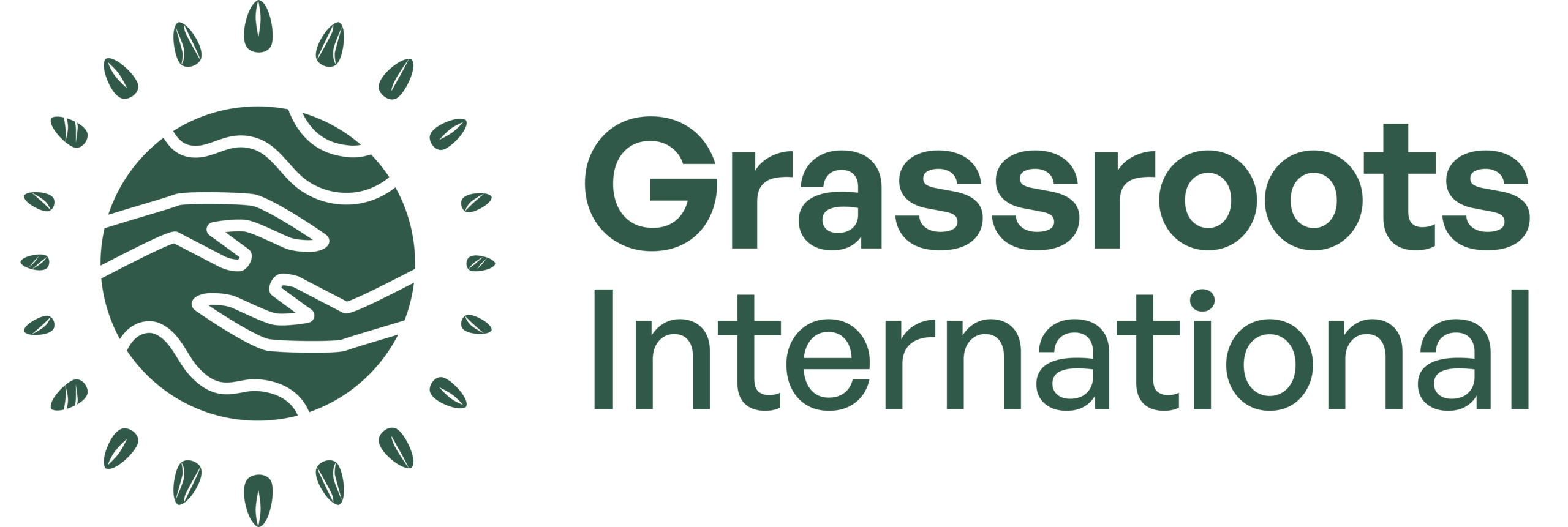Quinoa: Mother Grain of the Andes
Every year, as Thanksgiving comes round the corner, I think about food—the history of food and the history of the peoples who grow and eat it. The colonization and repression of indigenous peoples across the Americas is a big part of that history. And one story among many begins in the Andes Mountains of South America.
Quinoa (kee-noo-ah) is a high altitude Andean grain extremely rich in protein, that was considered by the Incas to be the mother grain. It played an important role in both the diet and ceremonies of the Andean peoples, like amaranth did for the Aztecs. But in more recent times quinoa, like many other ancient grains cultivated by small farmers and producers for thousands of years around the world, has practically disappeared from our kitchens. This is an alarming loss of agrobiodiversity as well as blow to diverse and nutritious diets around the world. As a few standardized and commercial varieties of wheat and rice spread across the globe, grains like millet, barley, and other crops–not just “exotic” ones like quinoa–disappear from our fields and our tables.
I remember, growing up in India, eating grains like jowaar, baajra, and raagi along with different varieties of rice and wheat. My six year old niece and two year old nephew probably won’t even learn about those grains in geography class as I did, let alone taste them. There is, however, reason to hope.
A growing “food sovereignty” movement around the globe linking farmers, consumers, environmentalists and their allies is emphasizing the idea and practice of “seed sovereignty.” Ordinary farmers are, experimenting with and using native and often long-forgotten varieties of crops in their fields and working together to preserve the seeds for these crops for future generations. With the support of allies such as organic consumers and environmentalists, farmers are coming together to reject genetically modified, “terminator” and other commercial varieties sold by agribusiness multinationals, and to reject the patenting of seed varieties by corporations.
In doing so, they are claiming the sovereign right to grow and eat the foods and use the seeds they need (see www.navdanya.org).
And grains like quinoa are making a comeback. Here in the U.S. you can find it in your local organic stores or through growers like Sierra Blanca, based in the San Luis valley of Colorado’s Sangre de Cristo Mountains ( www.whitemountainfarm.com).
A significant page in the story of quinoa in the U.S. actually begins with Sierra Blanca and is linked to a related kind of sovereignty—national sovereignty. David Cusack, who began Sierra Blanca, brought quinoa to the U.S. in 1984. Dave got his doctorate in international studies (focusing on Latin America and international development) from the University of Denver working with Prof. John McCamant (who I worked with many years later).
Dave’s academic research and activism was focused on a CIA project supporting free enterprise ideology and the creation of the “gremio” movement in Chile in the late 1960s. This movement led the opposition to the democratically elected socialist president Salvador Allende. Thirty-eight years to the day before 9/11, Chile’s national experiment with economic and social justice was brutally suppressed in a military coup by General Augusto Pinochet that was supported by the Nixon administration. Thousands of people were tortured, killed and disappeared in Pinochet’s 17-year dictatorship, and he was a staunch ally of the U.S. throughout his tenure. In 1984, the same year he brought quinoa to the U.S., Dave was murdered in Bolivia, which many of his friends, including John, believed was related to his research and activism around the military coup in Chile.
After Dave’s death John, a self-described campesino who strayed into academia, took over Sierra Blanca’s work of growing, experimenting with and popularizing quinoa (and potatoes, including the absolutely delicious purple potatoes). For John, this was a way of honoring Dave’s work and supporting Latin American sovereignty. Many of my fellow students and I spent time weeding and harvesting quinoa with John on his experimental plot in Bailey and at Sierra Blanca, and I hear that this tradition continues.
Below is one of my favorite recipes for Quinoa con Queso, from the Operación Tierra Cooperatíva in Bolivia, which I’ve slightly modified to add some Indian (South Asian) spices. More than 500 years after the initial Spanish invasions and occupation of this hemisphere, and nearly 200 years after declaring their independence, Bolivians elected their first indigenous president, Evo Morales on a platform of sovereignty—national, water, food, and seed sovereignty. There is indeed reason to hope!
Quinoa con Queso
Quinoa
Tomatoes
Onions
Pasta Sauce
Potatoes
Mozzarella Cheese
Olive Oil
Garlic
Fire-roasted chili peppers
Milk
Salt
Spices: bay leaves, cinnamon, cloves, star anise
Wash and drain quinoa a couple of times. Cook it (2 cups water to 1 cup quinoa) by bringing to a boil then cover and simmer until the water is absorbed and grain is fluffy like couscous. In a different pan, sauté spices with onion and garlic in olive oil. Add tomatoes and sauté for a bit longer. Add boiled potatoes and blend in. Add tomato sauce (or pasta sauce as a substitute). Add cooked quinoa and blend it in. Add a cup of milk. Lastly, add shredded cheese. Serve hot or at room temperature.
